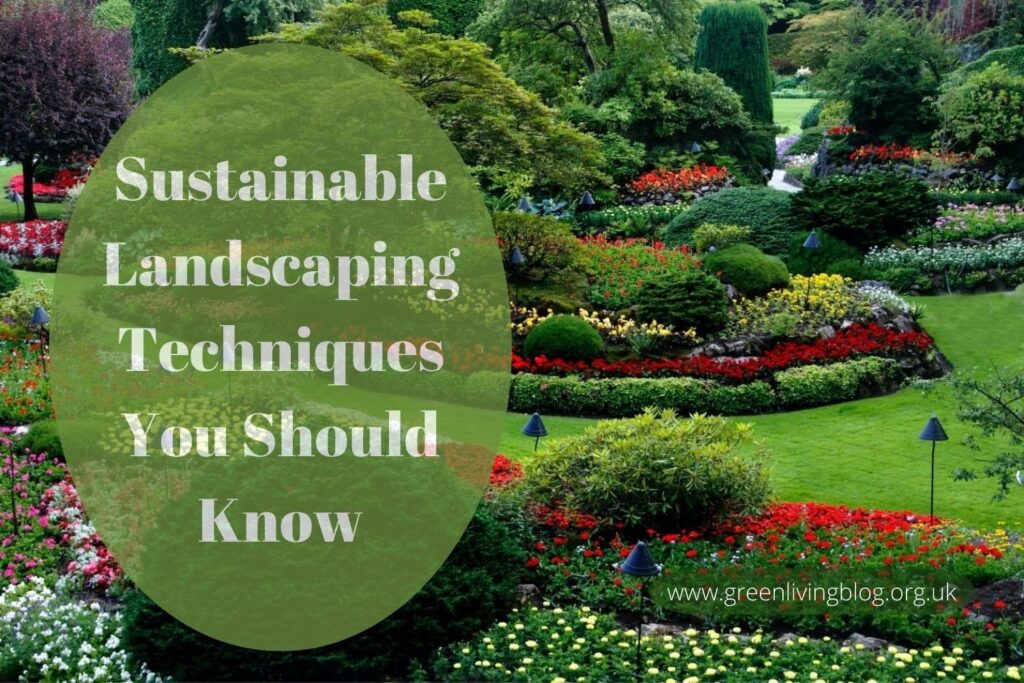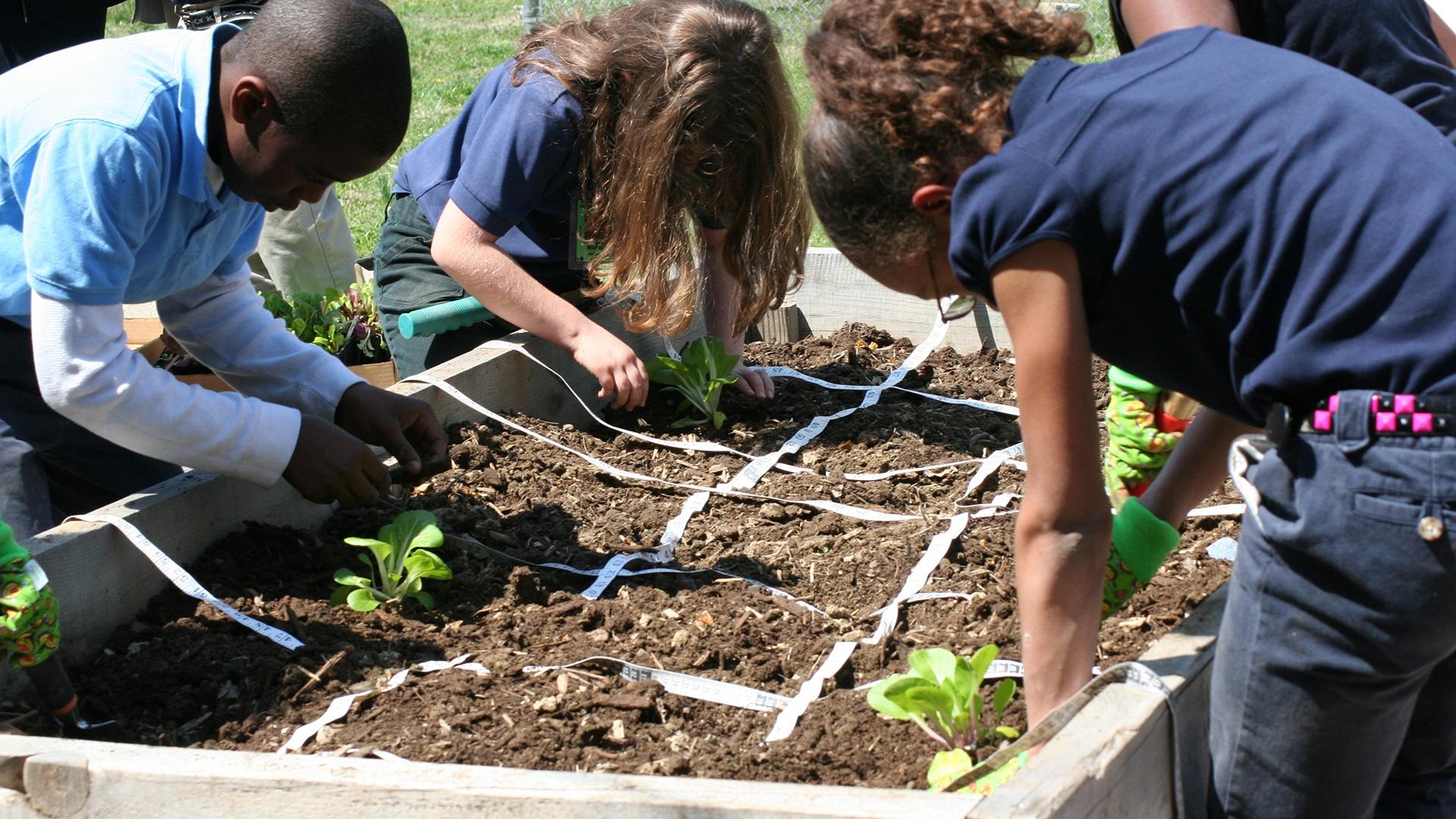
Building a Greener Future: The Ultimate Guide to Sustainable Landscape Material Sourcing
The world is changing, and with it, our understanding of responsibility. We’re no longer just consumers; we’re stewards of the planet. This shift is impacting every industry, and perhaps nowhere is this more evident than in landscaping. Gone are the days when we could mindlessly source materials without considering their impact. Today, the future of landscaping lies in sustainability. This comprehensive guide dives deep into the world of sustainable landscape material sourcing, providing you with the knowledge and tools to make informed choices that benefit both your projects and the environment.
Why Sustainable Landscape Material Sourcing Matters
Before we delve into the ‘how,’ let’s explore the ‘why.’ The benefits of sustainable landscape material sourcing are multifaceted, extending far beyond simply being ‘eco-friendly.’
Environmental Benefits
At its core, sustainable sourcing is about minimizing environmental harm. This includes:
- Reducing Carbon Footprint: The extraction, manufacturing, transportation, and installation of traditional landscape materials often contribute significantly to greenhouse gas emissions. Sustainable materials, on the other hand, often have a lower carbon footprint, helping to mitigate climate change.
- Conserving Resources: Many traditional materials, like certain types of stone or timber, deplete natural resources. Sustainable alternatives often utilize recycled materials or renewable resources, reducing the strain on our planet’s finite supplies.
- Protecting Ecosystems: Unsustainable sourcing practices can lead to habitat destruction, deforestation, and soil erosion. Choosing sustainable materials helps protect delicate ecosystems and preserve biodiversity.
- Minimizing Waste: Sustainable sourcing often emphasizes waste reduction and the use of recycled content, diverting materials from landfills and promoting a circular economy.
- Reducing Pollution: From the manufacturing process to the application of materials, sustainable options often reduce air and water pollution, creating healthier environments for both humans and wildlife.
Economic Benefits
Sustainability isn’t just good for the planet; it can also be good for your wallet and your business. Consider these economic advantages:
- Cost Savings: While some sustainable materials may have a higher upfront cost, they often offer long-term cost savings. For example, materials that require less maintenance or have a longer lifespan can reduce expenses over time.
- Increased Property Value: Sustainable landscaping practices and the use of eco-friendly materials can increase the value of a property. Buyers and renters are increasingly seeking out homes and businesses that prioritize sustainability.
- Access to Incentives: Many government programs and organizations offer incentives, rebates, and grants for projects that incorporate sustainable practices.
- Enhanced Reputation: Choosing sustainable materials can enhance your reputation and attract environmentally conscious clients. This can lead to increased business and customer loyalty.
- Reduced Liability: Utilizing sustainable materials can sometimes reduce the risk of environmental liabilities.
Social Benefits
Sustainability isn’t just about the environment and the economy; it’s also about people. Sustainable sourcing can have positive social impacts, such as:
- Supporting Local Communities: Sourcing materials locally can support local businesses and create jobs, strengthening the local economy and fostering community resilience.
- Promoting Fair Labor Practices: Sustainable sourcing often emphasizes fair labor practices, ensuring that workers are treated fairly and have safe working conditions.
- Creating Healthier Environments: Sustainable materials often contribute to healthier environments, reducing exposure to harmful chemicals and pollutants.
- Educating and Raising Awareness: By choosing sustainable materials, you can educate others about the importance of environmental responsibility and inspire them to make more sustainable choices.
Key Categories of Sustainable Landscape Materials
Now that we understand the ‘why,’ let’s explore the ‘what.’ Here’s a breakdown of key categories of sustainable landscape materials:
Hardscape Materials
These materials form the backbone of many landscape designs, providing structure and functionality. Sustainable options include:
- Recycled Concrete and Asphalt: Crushed concrete and asphalt can be repurposed into paving stones, pathways, and aggregate, diverting waste from landfills and reducing the need for virgin materials.
- Reclaimed Brick and Stone: Salvaged bricks and stone add character and history to a landscape while avoiding the environmental impact of new quarrying and manufacturing.
- Permeable Paving: These materials, such as permeable pavers or porous asphalt, allow rainwater to infiltrate the ground, reducing runoff, replenishing groundwater, and preventing erosion.
- Recycled Plastic Lumber: Made from recycled plastic, this durable material can be used for decking, fencing, and other outdoor structures, diverting plastic waste from landfills and offering a long-lasting alternative to wood.
- Natural Stone (Sustainably Sourced): While quarrying can have environmental impacts, some stone is sourced responsibly, with minimal disturbance to the surrounding environment. Look for certifications like the Green Building Council’s LEED certification.
- Locally Sourced Stone: Sourcing stone locally reduces transportation emissions and supports local businesses.
Softscape Materials
These materials add life and beauty to a landscape, including:
- Native Plants: Native plants are adapted to the local climate and require less water, fertilizer, and pesticides than non-native species. They also provide habitat and food for local wildlife.
- Compost and Mulch: Compost and mulch improve soil health, reduce water usage, and suppress weeds. They can be made from a variety of organic materials, such as yard waste, food scraps, and wood chips.
- Turf Alternatives: Consider alternatives to traditional turfgrass, such as drought-tolerant grasses, clover, or groundcovers. These options require less water and maintenance.
- Rain Gardens: Rain gardens are designed to collect and filter rainwater runoff, reducing erosion and providing habitat for beneficial insects and pollinators.
Other Materials
Beyond hardscape and softscape, other materials can be sourced sustainably, such as:
- Wood Products (FSC-Certified): Look for wood products certified by the Forest Stewardship Council (FSC), which ensures that the wood is sourced from responsibly managed forests.
- Bamboo: Bamboo is a fast-growing, renewable resource that can be used for a variety of landscaping applications, from fencing to decking.
- Recycled Glass: Crushed recycled glass can be used as aggregate in concrete or as a decorative ground cover.
- Water Features: Water features can be designed to conserve water through the use of rainwater harvesting systems and efficient pumps.
- Lighting: Opt for LED lighting, which is energy-efficient and long-lasting.
How to Source Sustainable Landscape Materials
Finding and using sustainable materials involves a bit more research and effort than simply choosing the cheapest option. Here’s a step-by-step guide:
1. Research and Planning
- Define Your Goals: What are your sustainability goals for the project? Are you aiming to reduce your carbon footprint, conserve water, or support local businesses?
- Assess Your Needs: Determine the specific materials you need for the project, including quantities and specifications.
- Research Sustainable Options: Investigate the available sustainable options for each material, considering factors like cost, durability, appearance, and environmental impact.
- Create a Budget: Factor in the cost of sustainable materials, which may vary depending on the source and type of materials.
- Consider the Location: The availability of sustainable materials will vary depending on your location. Research local suppliers and manufacturers.
2. Finding Suppliers
- Local Suppliers: Start with local suppliers who specialize in sustainable materials. They can provide valuable expertise and often offer a wider selection of eco-friendly products.
- Online Marketplaces: Explore online marketplaces that specialize in sustainable building materials, such as Green Building Supply and Build It Green.
- Manufacturers: Contact manufacturers directly to inquire about their sustainability practices and product certifications.
- Landfill Diversion Programs: Some municipalities offer programs that collect and repurpose construction and demolition waste.
- Networking: Connect with other landscape professionals and contractors who are experienced in sustainable sourcing.
3. Evaluating Materials
- Consider the Life Cycle: Evaluate the entire life cycle of a material, from extraction and manufacturing to transportation, installation, and disposal.
- Look for Certifications: Look for certifications that indicate a material meets certain sustainability standards, such as FSC for wood products, LEED for building materials, and Cradle to Cradle for product design.
- Assess the Carbon Footprint: Consider the carbon footprint of each material, including the emissions associated with its production, transportation, and use.
- Evaluate Durability and Longevity: Choose materials that are durable and long-lasting to reduce the need for replacement and minimize waste.
- Consider Maintenance Requirements: Choose materials that require minimal maintenance to save time, money, and resources.
- Check for Recycled Content: Prioritize materials with recycled content to reduce the demand for virgin materials.
- Transparency: Ask for information about the manufacturing process and any environmental impacts associated with the materials.
4. Installation and Maintenance
- Follow Installation Instructions: Proper installation is essential for the longevity and performance of sustainable materials. Follow the manufacturer’s instructions carefully.
- Use Sustainable Practices: Incorporate sustainable practices during installation, such as minimizing waste, using non-toxic adhesives and sealants, and conserving water.
- Regular Maintenance: Perform regular maintenance to extend the lifespan of sustainable materials and prevent premature replacement.
- Educate Clients: Educate your clients about the benefits of sustainable materials and provide them with information on how to care for their landscapes.
Tips for Success
Implementing sustainable sourcing may seem daunting at first, but with the right approach, it can become a rewarding and impactful practice. Here are some tips to help you succeed:
- Start Small: Begin with one or two sustainable materials on your first project and gradually incorporate more as you gain experience.
- Educate Yourself: Stay informed about the latest trends and technologies in sustainable landscaping.
- Network with Other Professionals: Connect with other landscape professionals and contractors who are experienced in sustainable sourcing.
- Be Patient: Finding and sourcing sustainable materials may take more time and effort than sourcing traditional materials.
- Communicate Effectively: Communicate clearly with your clients about the benefits of sustainable materials and the costs involved.
- Track Your Progress: Monitor your progress and measure the environmental impact of your projects.
- Be Flexible: Be prepared to adapt your plans and make adjustments as needed.
- Embrace Innovation: Stay open to new ideas and technologies in sustainable landscaping.
- Lead by Example: Demonstrate your commitment to sustainability by choosing sustainable materials for your own projects.
- Celebrate Success: Acknowledge and celebrate your achievements, both big and small.
Case Studies: Sustainable Landscaping in Action
To further illustrate the practical application of sustainable landscape material sourcing, let’s explore a few case studies:
Case Study 1: The Urban Oasis
The Challenge: A homeowner in a bustling city wanted to transform their small backyard into a peaceful oasis while minimizing their environmental impact.
The Solution: The landscape designer incorporated the following sustainable materials and practices:
- Recycled Concrete Pavers: Providing a durable and attractive surface for the patio.
- Native Plants: Creating a low-maintenance, water-wise garden that attracted pollinators.
- Rain Barrel: Collecting rainwater for irrigation, reducing water consumption.
- Compost: Improving soil health and reducing the need for chemical fertilizers.
- LED Lighting: Providing energy-efficient illumination for the outdoor space.
The Result: The homeowner enjoyed a beautiful, functional, and eco-friendly backyard that enhanced their quality of life and contributed to a healthier urban environment.
Case Study 2: The Commercial Green Space
The Challenge: A commercial property owner wanted to create an attractive and sustainable landscape that would enhance the property’s value and attract tenants.
The Solution: The landscape architect implemented the following sustainable strategies:
- Permeable Paving: Reducing stormwater runoff and preventing erosion.
- Drought-Tolerant Grasses: Minimizing water consumption and maintenance.
- FSC-Certified Wood: Constructing a sustainable deck and seating areas.
- Native Trees: Providing shade, habitat, and natural beauty.
- Xeriscaping Techniques: Using drought-tolerant plants and efficient irrigation systems.
The Result: The commercial property attracted new tenants, increased property value, and demonstrated the owner’s commitment to environmental responsibility.
Case Study 3: The Community Garden
The Challenge: A community group wanted to create a shared garden space that would promote healthy eating, environmental awareness, and community building.
The Solution: The community garden project incorporated the following sustainable practices:
- Raised Garden Beds Made from Recycled Materials: Providing accessible gardening spaces and diverting waste from landfills.
- Composting Program: Creating nutrient-rich soil for the garden and reducing waste.
- Rainwater Harvesting System: Providing a sustainable source of water for irrigation.
- Native Plants and Edible Landscaping: Promoting biodiversity and providing food for the community.
- Educational Workshops: Teaching community members about sustainable gardening practices.
The Result: The community garden provided a valuable resource for the community, promoting healthy eating, environmental awareness, and social interaction.
The Future of Sustainable Landscaping
The future of landscaping is undeniably green. As awareness of environmental issues grows, the demand for sustainable materials and practices will continue to increase. The following trends are shaping the future of sustainable landscaping:
- Increased Use of Recycled Materials: We’ll see a greater emphasis on repurposing waste materials, such as recycled plastic, glass, and concrete, for landscaping applications.
- Advancements in Technology: Technology will play a vital role in sustainable landscaping, from smart irrigation systems to innovative building materials.
- Focus on Biodiversity: Landscapers will increasingly prioritize creating habitats that support local wildlife and promote biodiversity.
- Integration of Green Infrastructure: Green infrastructure, such as green roofs and walls, will become more common in urban environments.
- Emphasis on Water Conservation: Water-efficient landscaping practices, such as rainwater harvesting and drought-tolerant planting, will become essential.
- Growing Demand for Local Sourcing: Sourcing materials locally will reduce transportation emissions and support local businesses.
- Expansion of Certification Programs: Certification programs, such as LEED and FSC, will play a more significant role in guiding sustainable practices.
- Greater Collaboration: Collaboration between landscape architects, contractors, suppliers, and clients will be essential to achieve successful sustainable projects.
By embracing sustainable landscape material sourcing, we can create beautiful, functional, and environmentally responsible landscapes that benefit both people and the planet. The journey towards sustainability requires commitment, innovation, and a willingness to learn. But the rewards – a healthier environment, a stronger economy, and a more vibrant community – are well worth the effort.
Conclusion: Embrace the Green Revolution
Sustainable landscape material sourcing is no longer a niche trend; it’s the future of landscaping. By understanding the benefits, exploring the options, and implementing sustainable practices, you can contribute to a greener, healthier world. Embrace the green revolution, and together, we can build a more sustainable future, one landscape at a time.


